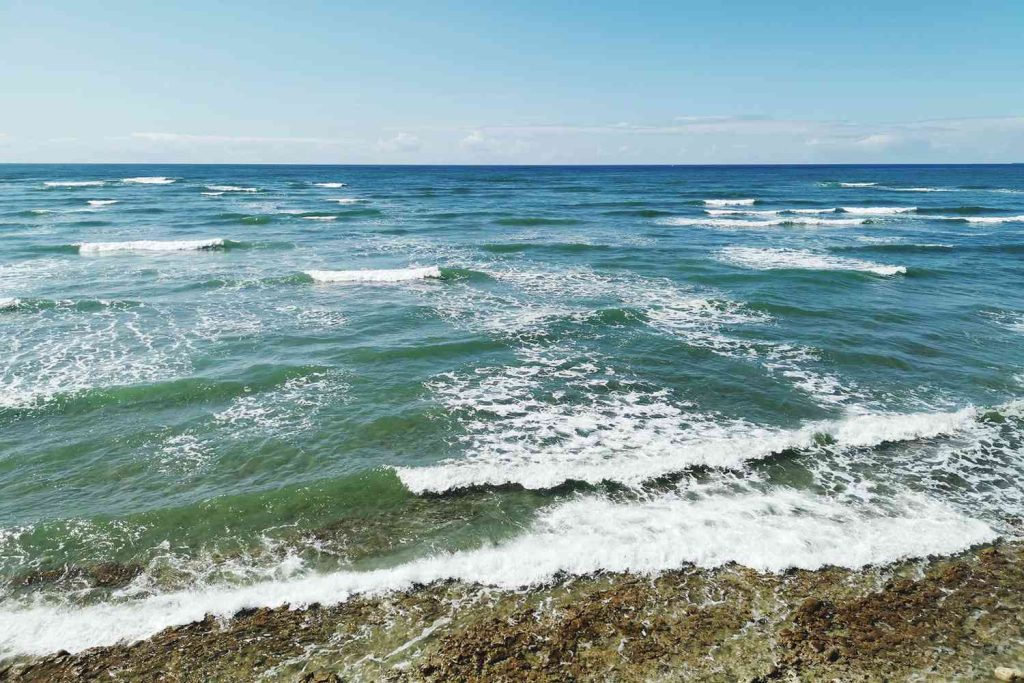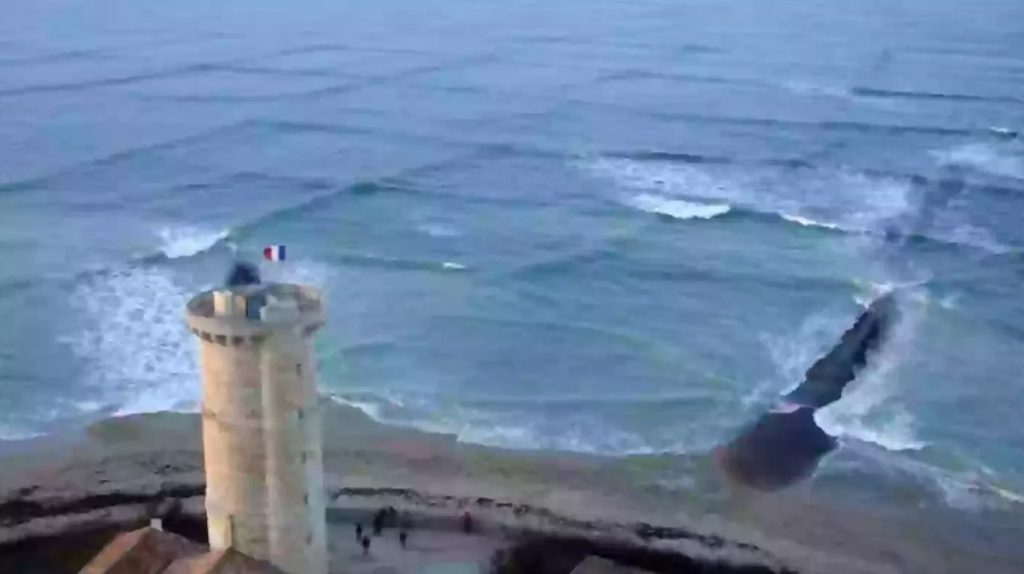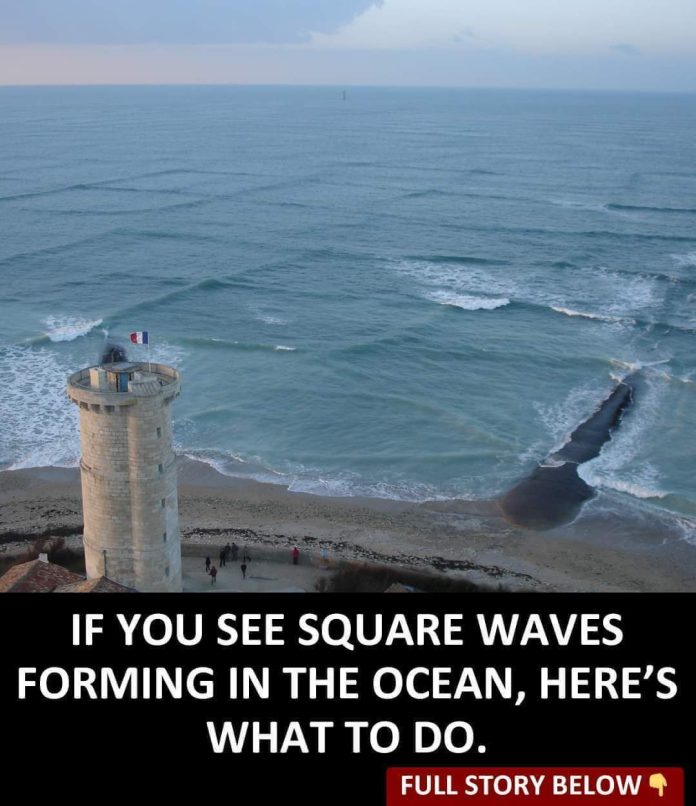Square waves, also known as cross seas, form when two or more wave systems intersect at different angles, creating a grid-like or checkerboard pattern on the water’s surface. These waves may look visually striking, but their beauty masks real danger. They often develop when a wind-driven sea meets a swell coming from another direction, or when two swell systems collide.
The result is water flowing in conflicting directions—waves crossing paths rather than following a single, unified movement. The intersection of these swells can lead to chaotic, unpredictable surface conditions that trouble swimmers, surfers, and small vessels.
Why They’re Dangerous
The nature of square waves makes them deceptively hazardous for several reasons:
- Unpredictability and instability: Because water is moving simultaneously in different directions, it can toss swimmers off balance or pull them unexpectedly.
- Height and power: These cross seas can reach heights of ten feet or more, bringing substantial force to each wave intersection.
- Choppy surfaces: The crisscrossed motion produces irregular, rough conditions. Boats may struggle to maintain a stable trajectory, and swimmers may be caught in sudden currents or ripples.
- Navigational issues: For those at sea, square waves pose a risk of collision, capsizing, or damage. They require precise handling and vigilance, as standard wave patterns no longer apply.
- In essence, what seems like a mesmerizing pattern can quickly become a perilous trap for those on or in the water.

Where You Might See Them
Square waves tend to arise in locations with converging swells or where shore geometry amplifies wave interactions. Common spots include narrow peninsulas, headlands, or coastal enclaves where wave systems wrap around or refract. For example, a few coastal areas—such as parts of western France near islands or capes—are known for producing square wave phenomena when weather conditions align. In other parts of the world, you might spot cross seas where two seas or oceans converge. Because conditions must line up just so, square waves remain relatively rare, but they do occur in predictable areas under particular meteorological circumstances.
What to Do If You Spot Them
If you ever notice square waves forming while at the beach or near the shore, it’s wise to act cautiously—and quickly. Here’s a guide:
Get out of the water
This is the first and most critical step. Swimming, surfboarding, or boating into a cross sea increases your risk of being overwhelmed.
Stay on land and observe
Watch from the safety of shore, keeping yourself well back from the break. The waves are unpredictable, and nearby impact can still be powerful.
Avoid launching small crafts
Kayaks, paddleboards, and small boats are especially vulnerable to destabilization in cross sea conditions.
Wait for safer conditions
Conditions may normalize once swells realign or wind patterns change. Patience can save your life.

Alert others
If others are unaware of the danger, warn them. Beachgoers, surfers, or boaters nearby might be drawn to the unusual wave formations out of curiosity.
Conclusion
Many recreational beachgoers, swimmers, or coastal adventurers know about rip currents, tides, or undertows—but fewer expect square waves. Because these waves are less widely discussed, people may approach them without understanding the risks. The beauty of square waves can be deceiving: their chaotic energy hides serious danger. By raising awareness, we empower people to enjoy the sea safely. Recognizing visual cues, respecting natural forces, and trusting your instincts can be lifesaving.

















